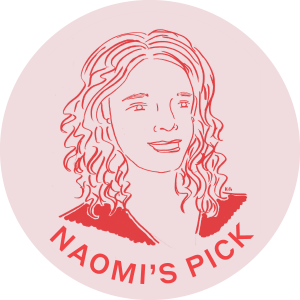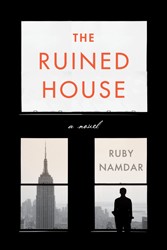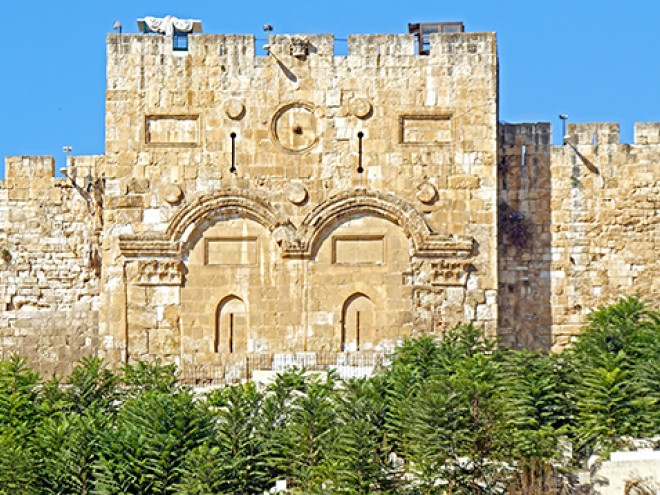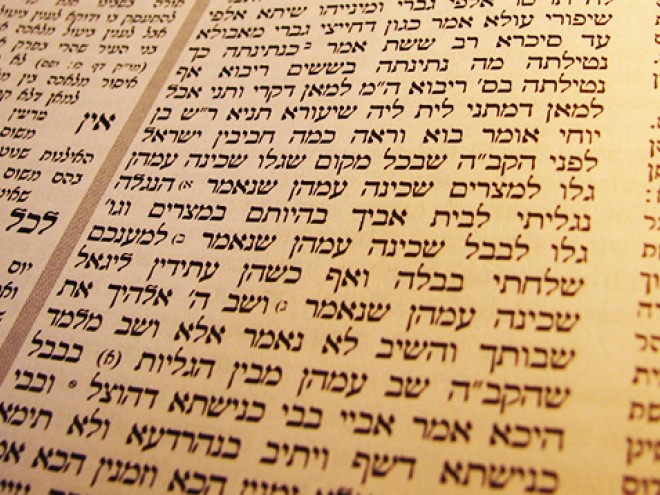Israeli expat Ruby Namdar’s The Ruined House is an ambitious, remarkable spectacle of a novel. Translated from Hebrew into exquisite English by Hillel Halkin, it is set in New York City in the early twenty-first century and centers on Andrew Cohen, a professor of comparative culture at NYU. Namdar renders everything from the beautiful to disgusting in lyrical yet incisive prose. A Long Island landscape is described in rhapsodic terms worthy of F. Scott Fitzgerald — and violent hallucinations, pornography, and bodily functions are described with equal precision and imagination. As befits the culture critic he is, Andrew scrutinizes everything, from the hollowness of elite social decorum, to the assimilative processes of the American Jewish bourgeoisie, to the frustrations of the writing process. This thematic range is enabled by the narrative’s use of free, indirect discourse, which grants the reader full access to Andrew’s mind without the constraints of first-person narration. Namdar’s excellent writing (for which Halkin must also be recognized), acute observational commentary, and fluency in Jewish religious texts make this novel a towering achievement of contemporary Jewish literature — and one that almost transcends the genre’s American/Israeli divide, at that.
Andrew Cohen inhabits a rarified Upper West Side Jewish universe that includes Barney Greengrass, Absolute Bagels, and Tom’s Diner of Seinfeld fame. He is currently undergoing a midlife crisis, complete with a girlfriend half his age, who is a former student; fears of impotence and castration; waning influence over an increasingly diverse academy; and writer’s block. Andrew is brilliant — and also arrogant, narcissistic, and sometimes misogynistic. Indeed, spending 500 pages inside his mind is not always enjoyable. The trope of the difficult, aging American Jewish intellectual is hardly a rare one in the Jewish American literary tradition. The novel is peppered with references to Philip Roth, Saul Bellow, and Woody Allen, and the character of Andrew owes much to the archetype of the Jewish American intellectual that those writers refined.
But these aspects of Andrew’s crisis take second place to the core of what Andrew is experiencing: a series of disturbing visions — of the Yom Kippur sacrificial ritual during the Second Temple period, the destruction of the Second Temple, and of general apocalypse — that become more frequent and more disturbing as the novel (and the Jewish year) progresses. Yehuda Amichai, the first modern Hebrew poet, who appears in the novel as well, is an influence as much as Bellow and Roth. If American Jewish literature gives this novel its surface, Hebrew literature gives it its substance.
The novel is divided into seven “books,” each of which is further divided into chapters, dated with both the Hebrew and Gregorian calendars. These books are interspersed with the original story of a High Priest performing the Yom Kippur ritual, situated on Talmud-like pages alongside relevant sections from Torah, Talmud, and Mishna, as well as selections from “The Gate of Rebirth,” which explains the journeys of broken souls over time and which appears to be inspired by the Kabbalistic text “The Gate of Reincarnation.” With these “Rebirth” sections, Namdar seems to imply that Andrew’s soul is connected to that of a priestly ancestor. One such section reads, “If a vital soul has not been perfected in its first stay in earth, it must return as often as necessary to perfect itself. Even when it has done so, however, it must be reborn one more time to be conjoined with an intellectual soul.” Perhaps the excruciating process Andrew is undergoing, forced to contend with visions of his ancestors’ past, signifies the rejoining of his soul — the intellectual soul — with his past incarnation, the vital soul.
As Andrew has more and more frequent visions of his potential forbearers, his ancestral tradition subtly enters his life. He reacts with newfound revulsion to things considered ritually impure according to halakha: menstruation, nocturnal emissions, treyf. He unconsciously observes Jewish rituals according to the calendar. During the Omer, during which observant Jews refrain from joyous activities and do not cut their hair or shave, he gets a rash that prevents him from shaving. When does he finally shave? The 18th of Iyar, of course, also known as Lag b’Omer, the only time during the Omer that such activities are permitted. The day before Tisha b’Av, when Jews mourn the Temple’s destruction, he smells smoke in a fit of apocalyptic visions. The dramatic irony is that, unbeknownst to Andrew, the World Trade Center will fall in mere weeks, and his vision of the destruction of New York City, of the ruined house, will be realized.
Thus Andrew’s comfortable, secular New York Jewish lifestyle is interrupted by and intermingled with aspects of his ancestral religious tradition. In that sense, “the ruined house” pertains to both New York secularity and ancient Judaism. And if the source of Andrew’s newly relevant Jewish identity is biblical, pre-rabbinic times — pre-Diaspora — then the line between Israeli and American Jewishness becomes irrelevant. In holding these identities together, the novel is a remarkable achievement, one which Namdar is uniquely qualified to create.
Miranda Cooper is a NYC-based writer, editor, and literary translator. Her literary criticism, essays, and translations of Yiddish fiction and poetry have appeared in a number of publications including Jewish Currents, Kirkus Reviews, the Los Angeles Review, Pakn Treger, and more. In 2019, she was named an Emerging Critic by the National Book Critics Circle. She is also an editor at In geveb: A Journal of Yiddish Studies.





